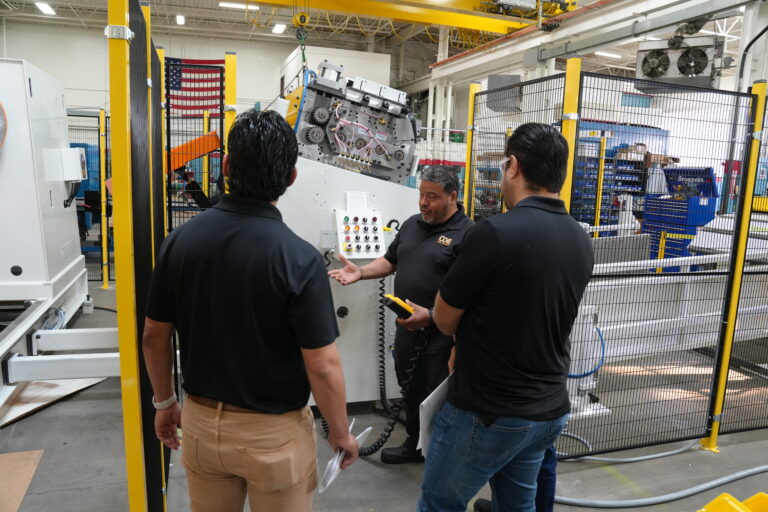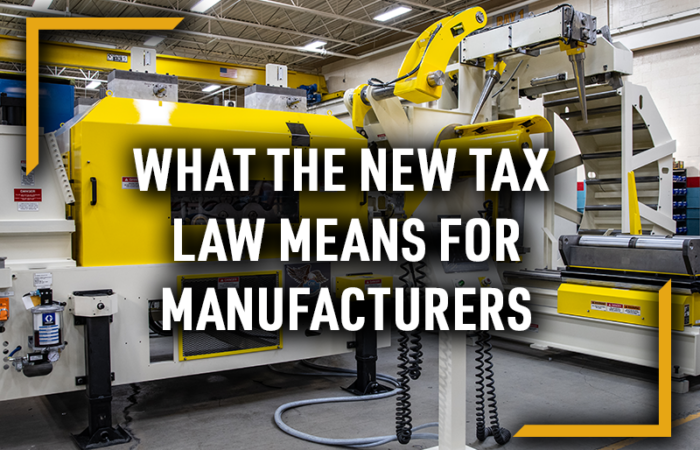STERLING HEIGHTS, MI – Growing up, my mom used to call me the “walking tornado” because I left a trail of toys, socks, and food wherever I went. Now, as a parent myself, I find the same chaos with my own little tornado, constantly searching for things only to find them in a toy microwave or buried in play sand. So when I joined COE Press Equipment, I was struck by the level of organization and cleanliness in the shop. In a manufacturing world focused on competitive pricing and cutting operational costs, concepts like Kaizen and 5S are often discussed in relation to productivity and safety. While these methods offer great benefits, they can be costly and time-consuming to implement. To get a clearer picture, I asked a few members of our team how organization impacts their daily work. Here are 5 reasons why keeping a clean shop is critical for success in manufacturing.




